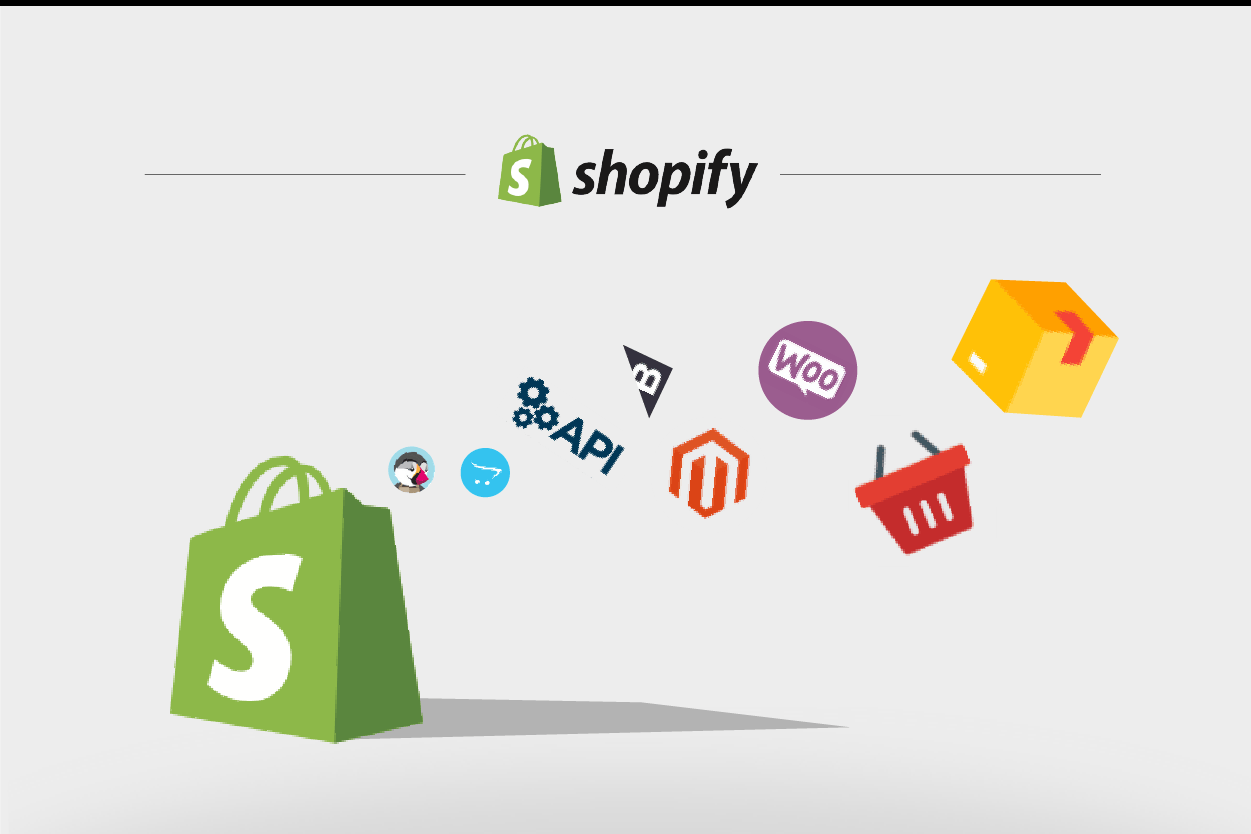Achieving Ecommerce Excellence: Digital Channels
If a brand is doing well online, but they want to do better, should they develop a new eCommerce website or work with what they’ve got?
Some brands will consider the appearance of their website to be the reason it isn’t converting, but they need to look at three core elements to get to the root of the problem.
1. They need to study the customer journey from the product page onwards. They must look at why website users are not going through to the basket, or from the basket to check out. It could come down to whether you’re offering the right payment options.
2. Consider the proof points on the website. These are things like reviews and customer satisfaction scores that reassure your customers of your service and values. If you’re looking at your competitors, are you providing the same level of service as them?
3. Finally, have you got a beautiful website? Is it acting as a shop window rather than a till? Focus on why the till isn’t working first and then focus on the visuals. If you have a retail store, would you open your doors if the till wasn’t working?
How important is the checkout process on an eCommerce website?
It’s incredibly important. But it’s not just the steps in the checkout process though, but the bits that fit around it. Again, things like proof points; the number of delivery options you’re offering and so on.
I often talk about the lowest common expectation. If you’re a lifestyle brand on the high street and your customers are John Lewis’s customers, you need to meet the minimum level of expectation that has been set by John Lewis – not your local competitor down the road. Make sure you offer a click-and-collect service and buy-now-pay-later options. You must also have a clear, secure checkout process, or you’re never going to give the customer the confidence. They’ll just go to John Lewis and buy something similar instead.
That’s the only bit of loyalty that exists for me – service loyalty – which comes back to Operational Excellence . If the customer can’t get what they want in a manner that meets their needs – physical and emotional – they’ll go elsewhere.
Why do you like Shopify?
For two main reasons. One is that it was designed by retailers for retail.
I have issues with a lot of ecommerce platforms because of how hard it is to add a product, update pricing, and change the order of the images on the product page, for example. Shopify makes that simple.
The second piece is that Shopify is scalable. Two of the core issues facing fast-growing brands are the cost and time it takes to build new functionality that will enable you to scale. Shopify handles that out of the box without question.
In addition, Shopify is $299 for global hosting and $145 per country. It also has a response time of 0.7 milliseconds, which is unheard of.
Are there any limitations to using Shopify?
There are a few constraints. You can’t change the core code within the platform for example. However, most retailers aren’t going to need additional features. If these features aren’t going to add 20% or more to the bottom line, it’s probably not worth building.
Visually there’s nothing Shopify can’t do though. When someone says that Shopify is just a platform of templates, it’s not. You can pretty much start with a blank page. You just need a good developer.
Ecommerce websites are only one way for brands to get their names out there. What alternatives are there?
Online marketplaces are one of the biggest areas of growth, purely because of their dominance.
These are the Amazons and the eBays of the world, but there are many others globally that will support growth. Alibaba, for instance, absolutely knocks Amazon into a hat. It is astronomical by comparison. They are going to be important for some brands. They say that 20% of transactions will go through marketplaces by 2020.
“Alibaba … absolutely knocks Amazon into a hat”
That will start to fragment a bit more too. Amazon is starting to sell handmade stuff, for instance. You’ll start to see more fragmented marketplaces for specific product categories.
What about wholesale?
I don’t think it’s dying. For retail brands, wholesale is ideal for providing a cash injection.
With eCommerce, you have stock in a warehouse with little drips of cash coming in every other day or week, depending on how well you sell. With wholesale, you can sell 100, 500, 1000 units at once and get lumps of cash. That allows you to go out and buy your stock more prevalently.
The technical capability of plugging a wholesale platform into Shopify will allow brands to sell to retailers at the margins they want, forming a drop-ship arrangement. Wholesale will migrate from being ‘I own a store with 10 products in it’ to ‘I own a store with 10 products in it, but I have another 150 products on my website that my suppliers will post out for me – but I have no stock and I have no stock risks.’ It’s much more efficient.
What are some common mistakes you see when you visit a successful brand’s website?
The biggest thing is that till and shop window piece. There’s nothing wrong with big images and beautiful creative but if the customer has no idea what they’re looking at when they get past the homepage, there’s no point in doing it.
You have to showcase that customers can get the product when they want it. The only way the customer can truly experience that product is by getting it into their homes and getting it out of that box.
The most important thing is getting it into their home – not giving them an experience online.
Read more: The future of fashion
Meet your goals on time and on budget
With more than 20 years’ experience working for a range of organisations, we can help you plan for the next three, five or fifteen years.
We’ll advise on everything from market conditions to business structure and financial objectives, so you have a clear picture of the future.
Share this post :







